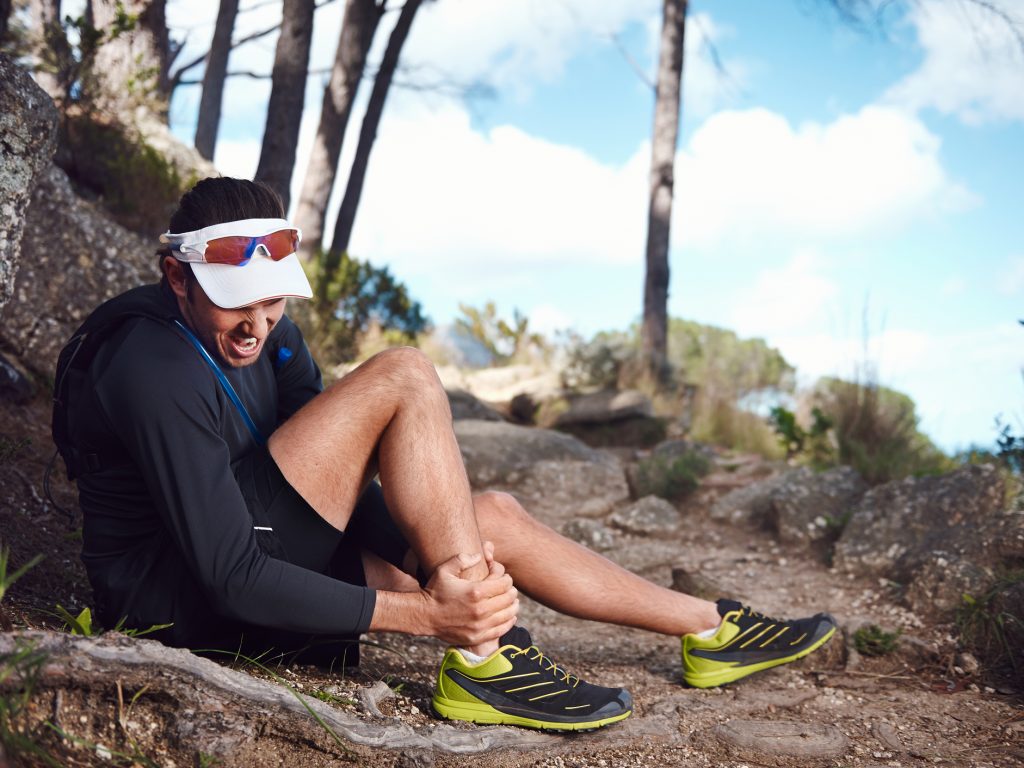A persistent injury can often make rehab feel like an uphill struggle and often involves an unwelcome merry-go-round of visiting a GP, Sports Doc or Physio!It would be a falsehood to argue that all injuries can be quickly and simply fixed as they often can be complex and multifactorial. Nevertheless I see a lot of injured runners in clinic that have ‘failed’ rehab or whatever treatment they’ve tried to date. Sometimes this appears due to a long winded diagnostic process or perhaps treatment that hasn’t recognised the functional demands of their end goal (i.e. to get back to running!), and sometimes patients just haven’t stuck with the rehab process to reap the rewards.
Running injuries and rehab are no different to most things in life – there often aren’t quick fixes and to get really good results you have to work really hard at something (often for 3 to 6 months).
Most running injuries are a result of training error, overuse and overload. This often requires a complex ‘un-picking’ of engrained training habits and movement patterns along with a detailed assessment of strength, endurance and movement control and flexibility. A rehab plan then has to be implemented to address the particular injury and the contributing factors. In the case of an Achilles tendinopathy, looking beyond the Achilles is often important to address areas such as weak glutes and hamstrings, the ‘weak’ or unstable ankle or a sudden introduction of hill sessions.
A good rehab outcome takes a skilled physio/sports doc etc. to put you on the right path, but the patient must be prepared to buy into the idea that it takes time. Getting significant changes in muscle strength takes six to twelve weeks. In fact, most chronic tendon problems take twelve weeks to see a significant improvement and that’s only if you’re consistent and make sure that it is progressed specifically towards the type of activity that you want to get back to. For example, doing body weight heel drops might be appropriate for the first two or three weeks of an Achilles tendon rehab program, but if it isn’t progressed beyond this then you are unlikely to be able to return back to sports and exercises that require high levels of load tolerance.
If you’re frustrated with your injury rehab process, ask questions and scrutinise the input that you’ve had from your physio/healthcare professional, who should be able to explain and rationalise their treatment plan for you. But don’t forget to reflect on how consistent you have been in following your rehab plan, and meeting your rehab milestones.
If you’ve got a nagging suspicion that your rehab is going astray then get in touch for a chat 07974181435 or email me at scott@londonrunningphysio.com



